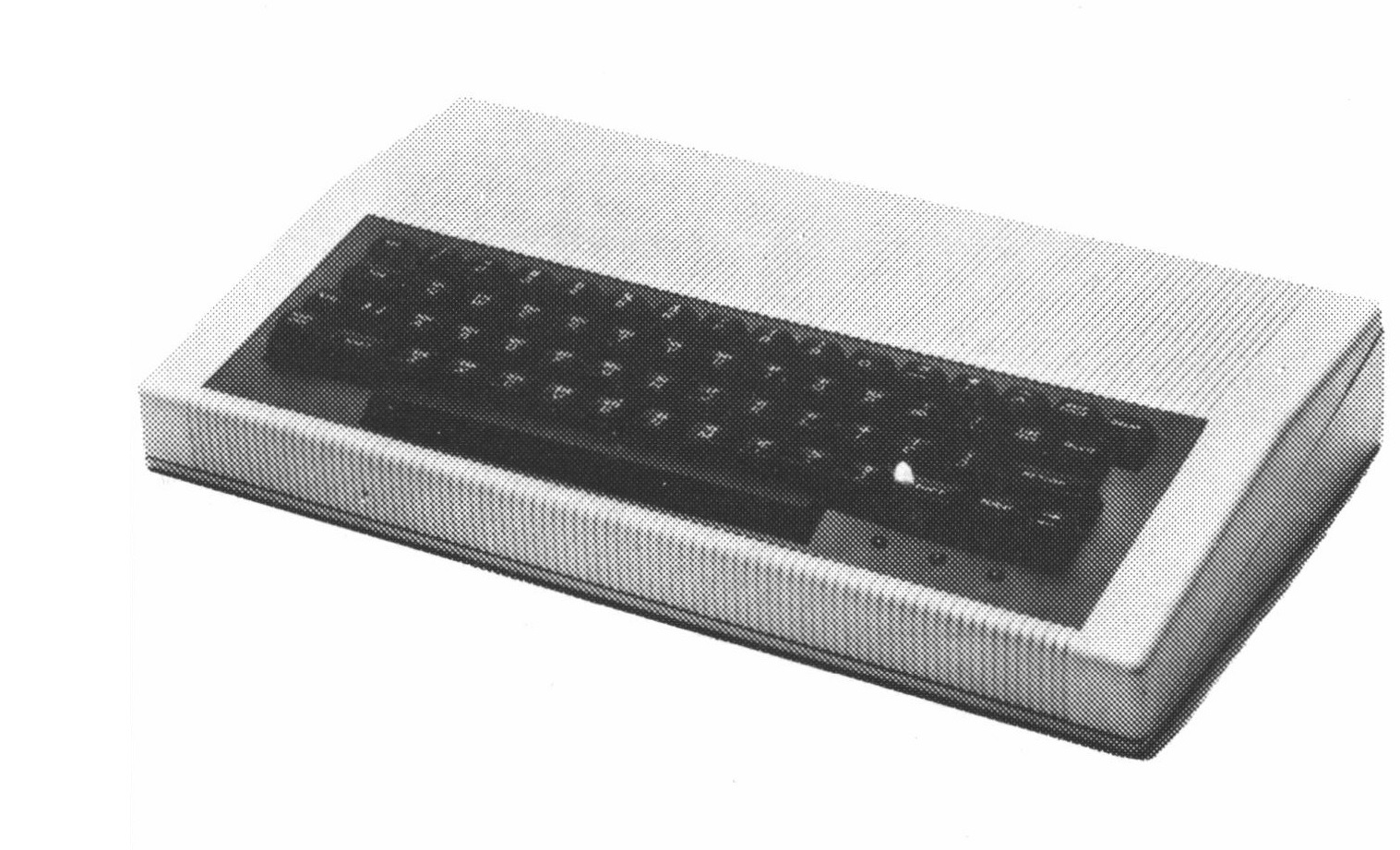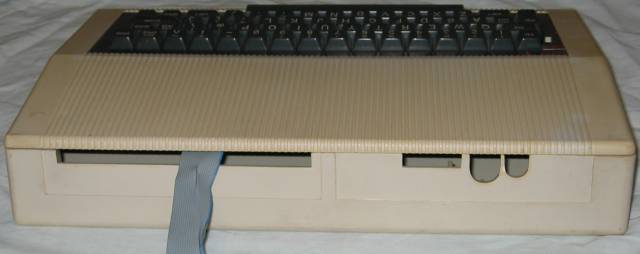.jpg)

.jpg)

"The Acorn keyboard uses a high quality 62 key mechanism
for professional computer input applications. The key mechanism is mounted on a
355 x 150mm PCB which also carries circuitry to scan and encode the keys
producing the ASCII code for any key which is pressed. The keyboard encoder
circuit has a 2-key rollover feature enabling fast typing speeds. ASCII is a
7-bit code for up to 128 characters and the keyboard outputs this code in
parallel on seven signal lines at TTL level (TTL logic 0, +5V logic 1). Also
output is a strobe signal which may be selected to be positive or negative going
to indicate that a key is being pressed. A single +5V supply at 80mA is required
to run the keyboard. All connections to the keyboard are normally via a 20-way
flat ribbon cable which connects straight to Acorn computer systems.
On the keyboard are some special function keys. Two of them
connect straight to the output connector on individual signal lines giving a
logic 0 when pressed. One may be used to reset the computer (break) and the
other can connect to an input port on the computer for examination by the users
own software. Two other keys, control and shift, change the character set
produced by the keyboard encoder circuit to give ASCII control characters and
upper/lower case selection. There is a shift lock key and another key locks the
keyboard into a TTY Caps mode (TeleType Capitals) where the shift key works as
usual for numbers and symbols but only capital alphabetic characters are
produced. This is useful when programming in languages like BASIC where lower
case alphabetic characters are illegal. The output signal lines always carry the
code for the last key to be pressed even if the key has been released and a
repeat key causes the strobe to start pulsing giving repeated codes for the same
key to the computer. An auto repeat feature starts the repeat circuitry
automatically if the key is held down for more than one second. Three LEDs on
the circuit board indicate TTY Caps mode, shift mode and power on.
The keyboard can be supplied in a stylish injection moulded
plastic case if required.
The keyboard is only available assembled and tested.
Documentation:
see this section from the System 5 Manual System 5 Handbook Part 2 Section 6 Acorn Keyboard [2]
Photos:
200.0 13 Issue 2 [3 System 4]
13 Issue 2 [3 System 4]

200.013 Issue 3 [3 System 3]




200.013 Issue 3 [3 System 5]



Data Sheets:
Replicas